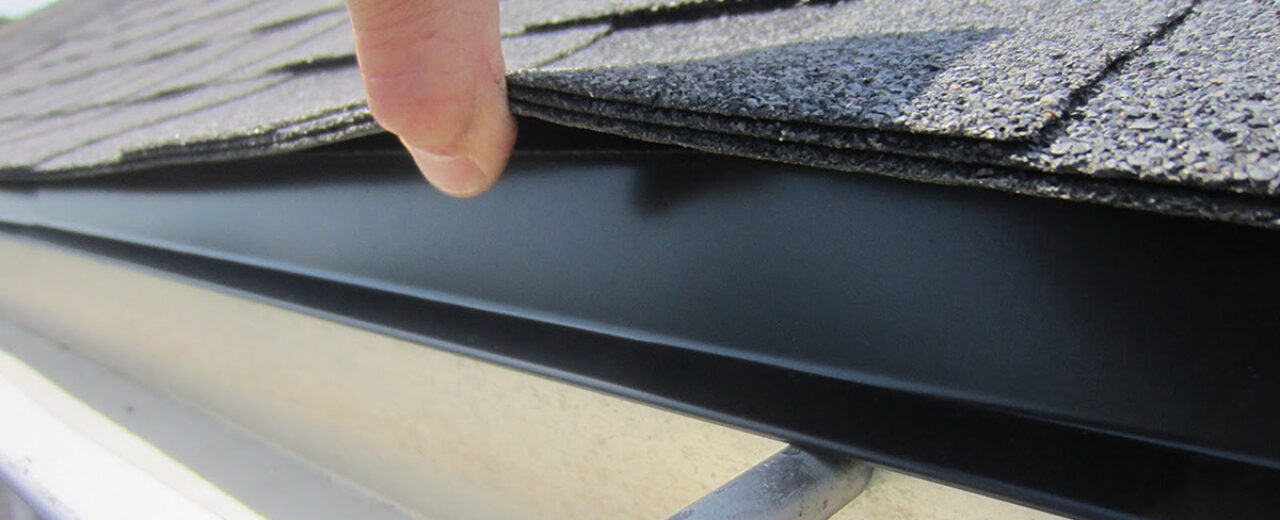What Is a Drip Edge?
A drip edge is a piece of metal flashing installed along the edges of a roof, typically at the eaves and gables. Its primary function is to direct water away from the fascia and into the gutters, preventing water from seeping under the roofing materials and causing damage to the underlying structure. Drip edges are commonly made from corrosion-resistant materials, such as aluminum, galvanized steel, or copper, and come in various profiles, including L-shaped (Type C), T-shaped (Type D), and C-shaped (Type F), to suit different roofing styles and requirements.
Why Does a Drip Edge Matter?
1. Protects the Fascia and Roof Decking
Without a drip edge, water can infiltrate the space between the roof deck and fascia board, leading to wood rot, mold growth, and structural damage. By channeling water into the gutters, a drip edge safeguards these vulnerable components from moisture-related issues.
2. Prevents Pest Intrusion
The gap between the roof deck and fascia, known as the “carpenter’s gap,” can serve as an entry point for small animals and insects. A properly installed drip edge seals this gap, acting as a barrier against unwanted pests.
3. Enhances Gutter Performance
Drip edges ensure that water flows directly into the gutters, reducing the risk of overflow and water pooling around the foundation. This efficient water management helps prevent basement flooding and soil erosion.
4. Mitigates Ice Dam Formation
In colder climates, ice dams can form when melting snow refreezes at the roof’s edge, causing water to back up under the shingles and potentially damage the roof. A drip edge facilitates proper drainage, minimizing the likelihood of ice dams and the associated water damage.
5. Complies with Building Codes
Most building codes, including the International Residential Code (IRC), require the installation of drip edges on shingle roofs to ensure proper water shedding and roof protection.
Types of Drip Edge Profiles
Drip edges come in various shapes to accommodate different roofing needs:
- Type C (L-Shaped): A 90-degree angle design suitable for low-slope roofs.
- Type D (T-Shaped): Features a lower flange to direct water further away from the fascia, preferred for areas prone to heavy rainfall.
- Type F (C-Shaped): Commonly used when adding new drip edges over existing roofing materials.
Each profile serves a specific purpose, and the choice depends on the roof design, climate, and local building codes.


